Electric Field Lines
What are Electric Field Lines
Electric field lines or electric lines of force are imaginary lines drawn to represent the electric field visually. Since the electric field is a vector quantity, it has both magnitude and direction. Suppose one looks at the image below. The arrows indicate the electric field lines, and they point in the direction of the electric field. The significance of electric field lines is that they tell us how space is distorted by the presence of a charge or a distribution of charges.
English physicist Michael Faraday first developed the concept of electric field lines in the 1830s.
Properties and Characteristics of Electric Field Lines
- For isolated charges, the electric field lines come out of a positive charge and terminate at infinity. On the other hand, they start from infinity and terminate at a negative charge.
- When a positive charge is placed near a negative charge, the field lines originate in the former and terminate at the latter.
- The number of field lines leaving a positive charge or entering a negative charge is proportional to the magnitude of the charge.
- The field lines never cross each other.
- The strength of the electric field is given by the number of field lines passing through a unit area, and hence, is proportional to the closeness of the field lines. They are close together where the electric field is strong and far apart where the field is weak.
- The direction of the electric field is the same as the direction of electric field lines in the case of a single isolated charge. If two charges placed next to each other, the electric field direction is given by a tangent drawn at any point on the lines.
How to Draw Electric Field Lines
The electric field lines follow a specific pattern and configuration depending upon the distribution of electric charges. Since the electric field is a vector, it is represented by arrows drawn near the charges. The rules for drawing electric field lines follow the properties mentioned above.
For a Single Charge
For a single isolated charge, the lines are drawn differently for positive and negative charges, as shown in Figure 1. They are drawn such that they come out of a positive charge and terminate at infinity. On the other hand, the lines start from infinity and terminate at a negative charge. Such a direction is known as the radial direction. In other words, the lines are radially outward for a positive charge and radially inward for a negative charge.
The strength of charge also affects how the lines are drawn. A lower charge will have fewer lines surrounding it than a higher charge, as shown in Figure 2. Since the line density at any point indicates the strength of the electric field in that region, the closer the lines, the stronger is the field. The density is high near the charge and decreases as one moves further.
For Two Isolated Point Charges
The presence of other charges will alter the path of electric field lines. In this case, the electric field will follow the principle of superposition. The magnitude and direction of the electric field at each location is simply the vector sum of the electric field vectors for each charge.
Let us take the simple case of two opposite charges of the same magnitude placed next to each other, as shown in Figure 3. The electric fields at point A due to charges +q and -q are E1 and E2, respectively. Therefore, the net electric field at A due to the charges is E = E1 + E2. Similarly, suppose other points in the region are chosen (not shown in the image for simplicity). The electric field at those points can be determined by this vectorial addition method.
Once we know the electric field at different points, we can proceed to draw the field lines. Keep in mind that the electric field’s direction is tangential to the electric field line at that point (refer to property #6). The following image shows the field lines between (a) two equal and opposite charges and (b) two equal and like charges. It is evident from Figure 4 that opposite charges attract and like charges repel.
For a Conductor
In the case of a conductor, the charges lie on the surface. The electric field vector can be resolved into perpendicular and parallel components. The parallel components cancel each other; otherwise, there will be a surface current on the conductor. The perpendicular components will add and contribute to the total electric field. Therefore, the electric field lines are drawn perpendicular to the conductor’s surface.
For a symmetrical surface like a sphere or cylinder, the perpendicular components are radial. The lines are drawn such that they radially come out (outward) of a positively charged conductor, as shown in Figure 5. If a conductor has a negative charge on its surface, then the lines will be radially inward as mentioned in the properties (#1).
FAQs
Ans. The free electrons in a conductor arrange to cancel any electric field line inside and make the electric field zero. In this way, they are at the lowest potential.
Ans. The electric field lines in a parallel plate capacitor are represented by parallel lines between two conducting sheets – positive and negative. At the edges, the lines curve because the charges behave like point charges. This phenomenon is known as the fringe effect.
Ans. If the electric field lines are discontinuous, the electric field will not exert any force on a charge at the points of discontinuity. It is not possible because a charge experiences a continuous force when traced in an electric field.
Ans. Magnetic lines of force are closed. They travel inside a magnet and magnetized object. On the other hand, electric lines of force are continuous loops that are not closed. They are not present inside a conductor.
Ans. The electric field is given by drawing a tangent at any point on the electric field lines. If the lines intersect, that will mean that there are two electric fields at the point of intersection, which is impossible.
-
References
Article was last reviewed on Thursday, February 2, 2023

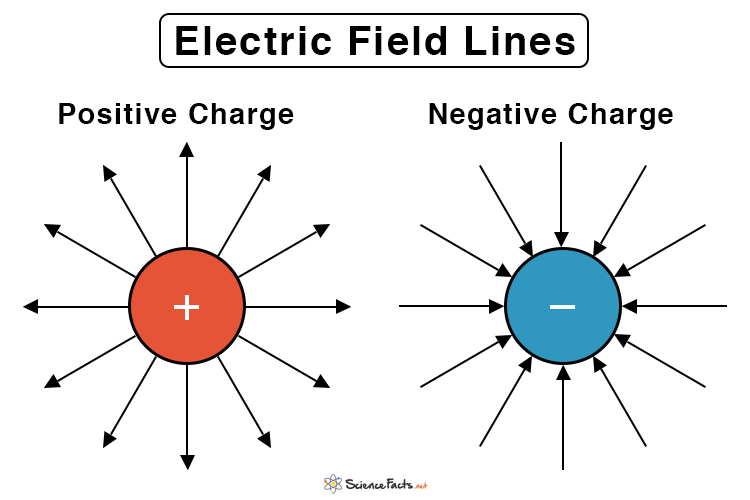
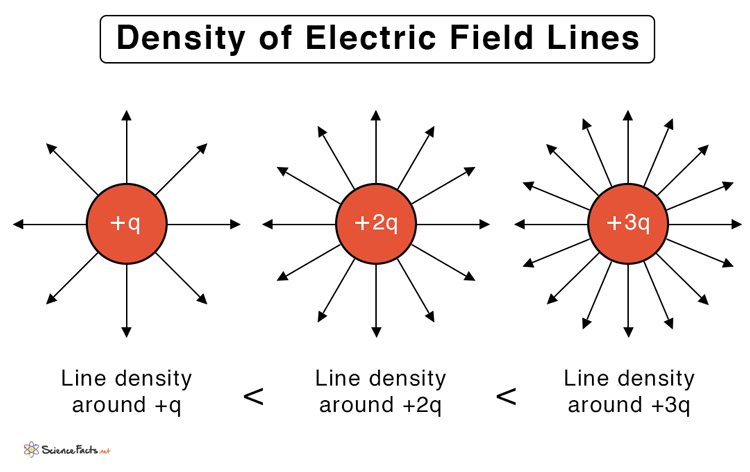
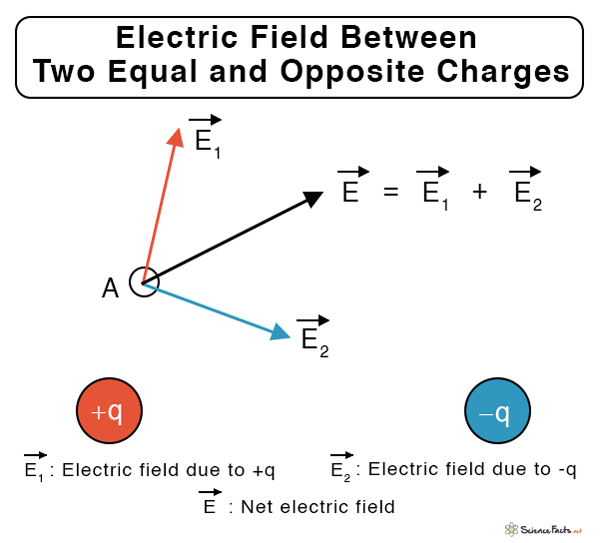
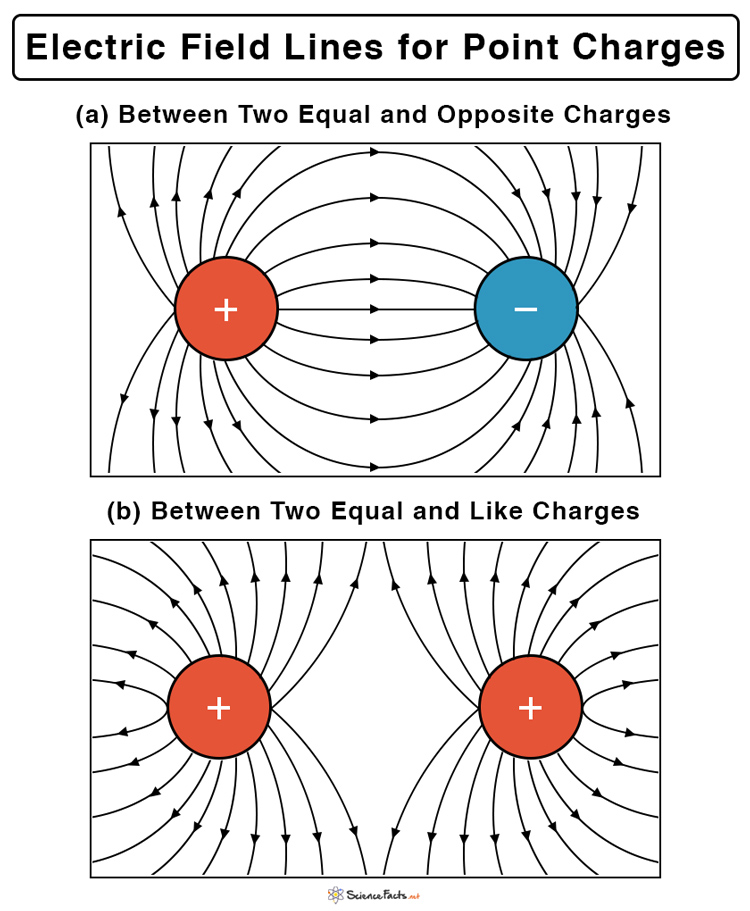
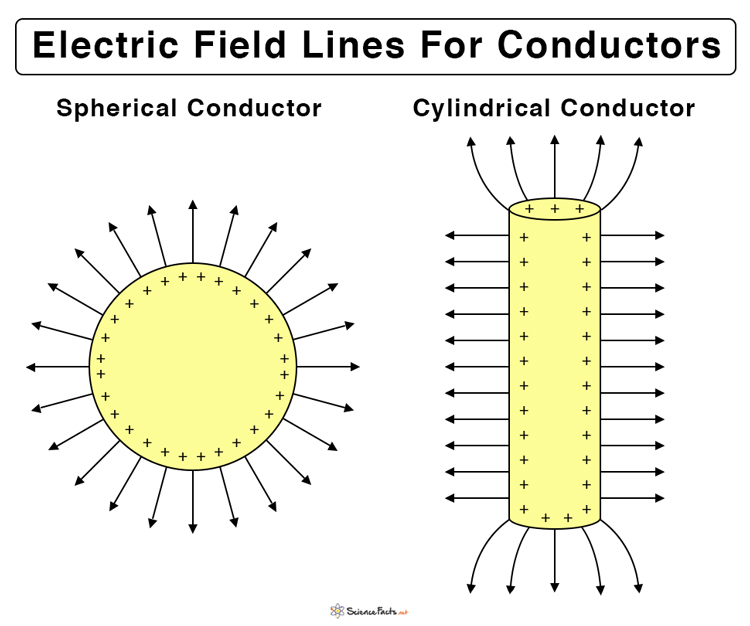







Wow I don’t know how I can express my sincere happiness but I appreciate your efforts thank you.
i am so glad . my sincere thank for this great help. am more confident now to teach my students and to give a good note
God richly bless your effort